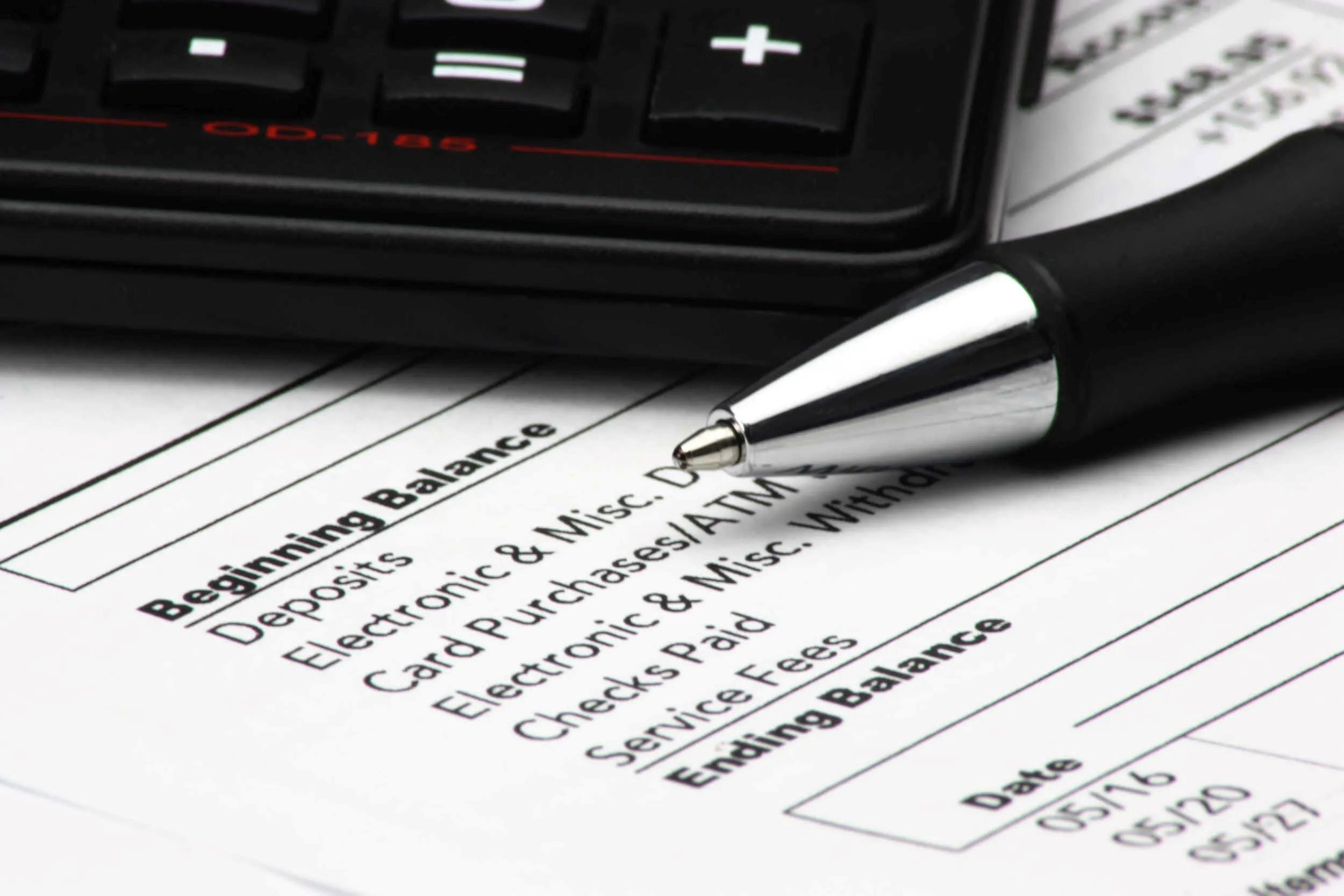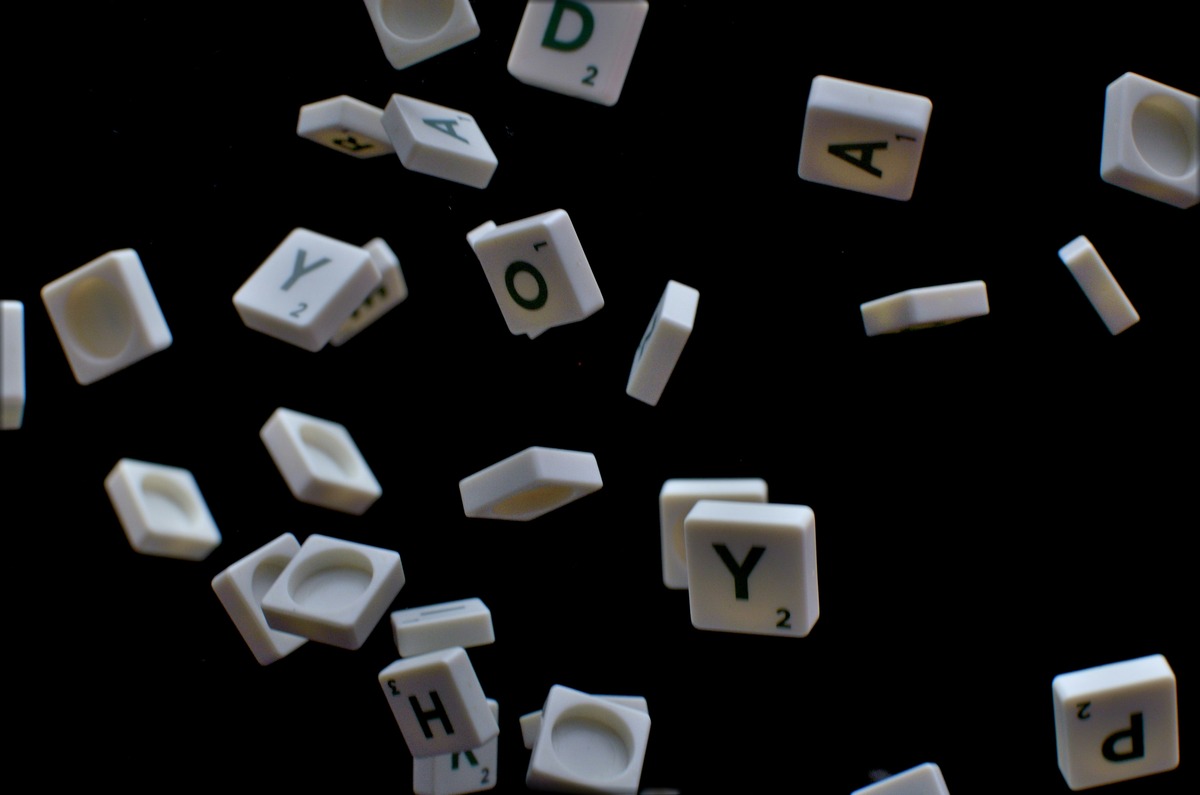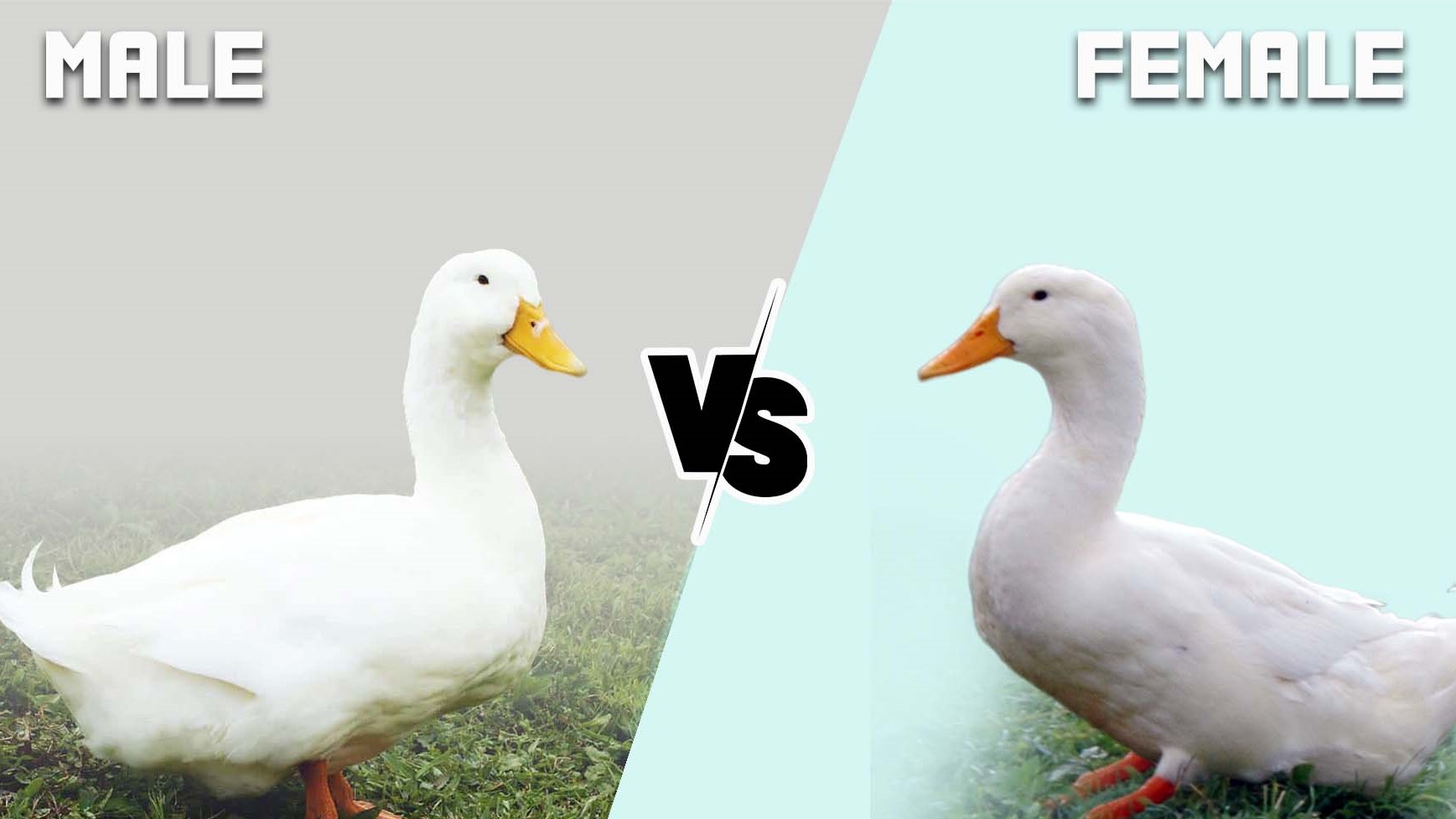Home>Arts and Culture>Male Ballet Dancer: Exploring The Terminology And Role Of A Ballerino


Arts and Culture
Male Ballet Dancer: Exploring The Terminology And Role Of A Ballerino
Published: February 11, 2024
Discover the terminology and role of a male ballet dancer, known as a ballerino, in the world of arts and culture. Explore the unique contributions of male dancers in the realm of ballet.
(Many of the links in this article redirect to a specific reviewed product. Your purchase of these products through affiliate links helps to generate commission for Noodls.com, at no extra cost. Learn more)
Table of Contents
- Introduction
- The History of Male Ballet Dancers
- The Role of a Ballerino in Ballet Productions
- The Terminology and Techniques Used by Male Ballet Dancers
- The Physical and Mental Demands of Being a Male Ballet Dancer
- Challenges and Stereotypes Faced by Male Ballet Dancers
- The Future of Male Ballet Dancers in the Ballet Industry
Introduction
Ballet, a timeless art form that has captivated audiences for centuries, is often associated with graceful and elegant female dancers. However, the male ballet dancer, also known as a ballerino, plays an equally vital role in bringing this exquisite art to life. In this article, we will delve into the world of male ballet dancers, exploring their history, terminology, techniques, physical and mental demands, as well as the challenges and stereotypes they face. Additionally, we will examine the evolving role of male ballet dancers in the ballet industry.
The male ballet dancer's journey is one of strength, discipline, and artistry. While the spotlight often shines on the prima ballerina, it is essential to recognize the significant contributions of male dancers in ballet productions. From portraying princely characters to executing powerful leaps and turns, male ballet dancers bring a unique energy and athleticism to the stage, complementing the grace and poise of their female counterparts.
As we embark on this exploration, we will gain a deeper understanding of the dedication and skill required of male ballet dancers. By shedding light on their experiences, we aim to celebrate their artistry and resilience, while also addressing the misconceptions and challenges they encounter in the ballet world. Join us as we unravel the captivating world of male ballet dancers, honoring their invaluable presence in this exquisite art form.
The History of Male Ballet Dancers
The history of male ballet dancers is a rich tapestry woven with tradition, innovation, and cultural evolution. While ballet has long been associated with female dancers, the inclusion of male performers has significantly shaped the art form's development. The origins of male ballet dancers can be traced back to the courts of Renaissance Europe, where lavish spectacles and courtly entertainments flourished. During this period, ballet emerged as a refined and aristocratic art form, with male dancers assuming prominent roles in the court ballets.
In the 17th century, the French king, Louis XIV, known for his passion for dance, played a pivotal role in elevating the status of male ballet dancers. He established the Académie Royale de Danse, which laid the foundation for professional ballet training and codified the techniques and terminology of ballet. Under Louis XIV's patronage, male dancers, often of noble birth, were trained rigorously and performed in elaborate court ballets, showcasing their athleticism and artistry.
As ballet evolved, male dancers began to take on more prominent roles in productions, with the development of the danseur noble archetype. This character, epitomizing grace, strength, and nobility, became a central figure in classical ballet repertoire, portraying heroic and romantic roles. Male dancers such as Vaslav Nijinsky and Rudolf Nureyev further revolutionized the art form, pushing the boundaries of technique and expression.
In the 20th century, the role of male ballet dancers continued to expand, with choreographers creating innovative works that showcased their athleticism and versatility. The emergence of neoclassical and contemporary ballet further diversified the repertoire, offering male dancers opportunities to explore a wide range of movement styles and artistic expressions.
Today, male ballet dancers play an integral role in the ballet world, contributing to the diversity and dynamism of the art form. Their history is a testament to the enduring legacy of male dancers in ballet, from the opulent courts of Europe to the global stages of the 21st century. As we celebrate the artistry and contributions of male ballet dancers, we honor their enduring legacy and the vital role they continue to play in shaping the future of ballet.
The Role of a Ballerino in Ballet Productions
The role of a ballerino in ballet productions is multifaceted and indispensable, encompassing a diverse range of characters, styles, and technical demands. As male ballet dancers take to the stage, they bring a compelling presence that complements and enhances the narrative and visual spectacle of ballet performances. From classical story ballets to contemporary works, the ballerino's contributions are integral to the seamless and captivating execution of the production.
In classical ballet productions, the ballerino often embodies princely characters, portraying gallant and heroic figures who captivate audiences with their regal bearing and virtuosic technique. Whether performing the grand leaps of a prince in "Swan Lake" or the noble elegance of a cavalier in "The Nutcracker," male dancers infuse these roles with charisma, strength, and artistry, elevating the storytelling and emotional depth of the performance.
Beyond classical repertoire, male ballet dancers play pivotal roles in contemporary and neoclassical works, where their athleticism and versatility are showcased in innovative choreography. From dynamic ensemble pieces to solo showcases, the ballerino's presence adds a dynamic energy to the stage, contributing to the artistic vision of choreographers and directors. Their ability to seamlessly transition between classical and modern styles enables them to adapt to diverse choreographic demands, enriching the artistic landscape of ballet productions.
In ensemble pieces, male dancers often demonstrate remarkable partnering skills, providing crucial support to their female counterparts and creating visually stunning pas de deux and group formations. The ballerino's strength and precision in lifts, turns, and intricate partnering sequences are essential in creating moments of breathtaking beauty and emotional resonance, forging a harmonious connection with the entire ensemble.
Furthermore, male ballet dancers bring a sense of camaraderie and unity to ensemble performances, fostering a cohesive and immersive theatrical experience for audiences. Their collaborative spirit and dedication to ensemble work contribute to the seamless execution of group choreography, enhancing the overall impact of ballet productions.
In essence, the role of a ballerino in ballet productions is one of artistry, athleticism, and storytelling. Their contributions, whether as princely protagonists, dynamic ensemble members, or versatile interpreters of contemporary works, are essential to the rich tapestry of ballet performances. As male dancers continue to push the boundaries of their art, their role in ballet productions remains a testament to their enduring impact and artistic prowess.
The Terminology and Techniques Used by Male Ballet Dancers
The world of male ballet dancers is adorned with a rich tapestry of terminology and techniques, each intricately woven into the fabric of their artistry. From the graceful lines of a tendu to the soaring heights of a grand jeté, male dancers master a diverse array of movements and expressions that define the essence of ballet. Let's embark on a journey through the terminology and techniques that form the foundation of male ballet dancers' artistry.
Terminology
- Tendu: This fundamental movement involves extending the working leg along the floor, showcasing precision, control, and graceful extension.
- Plié: A foundational movement that entails bending of the knees, emphasizing strength, flexibility, and fluidity in transitions.
- Grand Jeté: A breathtaking leap in which the dancer extends one leg forward and the other backward, soaring through the air with dynamic energy and grace.
- Pirouette: A turning movement executed on one leg, requiring impeccable balance, control, and seamless rotations.
- Assemblé: This term refers to a jump where the dancer's legs come together in the air, showcasing agility, elevation, and precise footwork.
Techniques
- Strength and Flexibility: Male ballet dancers undergo rigorous training to cultivate the strength and flexibility required for demanding choreography. From intense conditioning exercises to targeted stretching routines, they develop the physical prowess to execute powerful leaps, turns, and intricate partnering sequences.
- Artistic Expression: Beyond technical proficiency, male dancers infuse their movements with emotional depth and storytelling. Through nuanced gestures, facial expressions, and dynamic phrasing, they bring characters to life and convey profound narratives on stage.
- Partnering Skills: Male ballet dancers master the art of partnering, honing their ability to support and lift their female counterparts with precision and grace. This entails developing trust, communication, and seamless coordination to create mesmerizing pas de deux and ensemble formations.
- Artistic Interpretation: Male dancers interpret choreography with individual artistry, infusing each movement with their unique style and interpretation. Whether portraying princely elegance or contemporary dynamism, they bring a distinct voice to their performances, captivating audiences with their artistic sensibility.
As male ballet dancers navigate the intricate terminology and techniques of their craft, they embody a harmonious blend of athleticism, artistry, and technical precision. Their dedication to mastering these elements elevates their performances, enriching the ballet world with their unparalleled skill and creative expression.
The Physical and Mental Demands of Being a Male Ballet Dancer
The life of a male ballet dancer is a testament to the extraordinary physical and mental demands inherent in their craft. From the rigorous training regimen to the relentless pursuit of artistic excellence, male dancers navigate a challenging and multifaceted journey that shapes their bodies, minds, and spirits.
Physical Demands
The physical demands placed on male ballet dancers are nothing short of formidable. Their training encompasses a rigorous blend of strength conditioning, flexibility exercises, and technical rehearsals, all of which are essential for mastering the demanding choreography of classical and contemporary ballet. Endless hours are devoted to perfecting leaps, turns, and intricate footwork, requiring exceptional muscular strength, agility, and cardiovascular endurance.
The male dancer's physique is honed to achieve a delicate balance of strength and grace, characterized by powerful legs, sculpted upper bodies, and impeccable posture. This physical transformation is achieved through dedicated training that includes weight-bearing exercises, resistance training, and targeted stretching routines. The development of lean muscle mass and the cultivation of flexibility are paramount, enabling male dancers to execute the breathtaking movements that define their artistry.
Furthermore, the physical demands extend to the realm of partnering, where male dancers master the art of lifting and supporting their female counterparts with precision and finesse. This entails not only strength and coordination but also a deep sense of trust and mutual understanding between dance partners, underscoring the collaborative nature of ballet performances.
Mental Demands
In tandem with the formidable physical demands, male ballet dancers navigate a complex landscape of mental challenges that require unwavering focus, resilience, and emotional depth. The pursuit of technical perfection and artistic expression demands an extraordinary level of mental discipline and fortitude.
Male dancers must cultivate a profound awareness of their bodies, mastering intricate movements while maintaining a keen sense of spatial awareness and alignment. This heightened kinesthetic intelligence allows them to navigate complex choreography with precision and grace, requiring intense mental concentration and a deep connection between mind and body.
Moreover, the emotional demands of ballet performances necessitate a profound level of vulnerability and empathy. Male dancers immerse themselves in the characters they portray, infusing each movement with nuanced emotional expression and storytelling. This emotional depth requires a profound level of introspection and empathy, as male dancers channel their innermost thoughts and feelings into their performances, captivating audiences with their authenticity and artistry.
In essence, the physical and mental demands of being a male ballet dancer are a testament to the extraordinary dedication and resilience of these artists. Their unwavering commitment to mastering their craft, both physically and mentally, is a testament to the profound impact of their artistry on the world of ballet.
Read more: How To Tell If A Turtle Is Male Or Female
Challenges and Stereotypes Faced by Male Ballet Dancers
Male ballet dancers navigate a landscape rife with challenges and stereotypes, stemming from deeply ingrained misconceptions and societal norms. Despite their exceptional talent and dedication, they often encounter barriers that test their resilience and fortitude, shaping their experiences in the ballet world.
One of the foremost challenges faced by male ballet dancers is the pervasive gender bias that permeates the perception of ballet as an art form. Traditional gender roles have perpetuated the notion that ballet is primarily a feminine pursuit, relegating male dancers to the periphery of the ballet world. This stereotype not only undermines the contributions of male dancers but also perpetuates a narrow and outdated view of gender in the arts.
Furthermore, male ballet dancers often confront societal stigmas and misconceptions regarding masculinity and athleticism. The misconception that ballet is devoid of physical rigor and athleticism undermines the extraordinary strength and agility required of male dancers. This stereotype not only diminishes their physical prowess but also perpetuates harmful gender norms that limit the expression of male dancers' artistry.
In addition to societal stereotypes, male ballet dancers face practical challenges within the ballet industry. The scarcity of leading roles tailored for male dancers often limits their opportunities for artistic expression and recognition. This disparity not only hinders their professional growth but also perpetuates an imbalance in the portrayal of male characters in ballet productions.
Moreover, male dancers encounter challenges in finding suitable training and mentorship, as the ballet world has historically prioritized the development of female dancers. This disparity in training resources and support systems can hinder the artistic and professional growth of male dancers, creating barriers to their advancement in the ballet industry.
Despite these challenges, male ballet dancers demonstrate remarkable resilience and determination, challenging stereotypes and breaking barriers with their exceptional artistry and dedication. Their unwavering commitment to their craft serves as a testament to their enduring impact on the ballet world, inspiring a new generation of dancers to embrace inclusivity and diversity in the pursuit of artistic excellence.
In confronting these challenges and stereotypes, male ballet dancers pave the way for a more equitable and inclusive future for the art form, reshaping perceptions and expanding the boundaries of artistic expression. Their resilience in the face of adversity underscores the transformative power of their artistry, heralding a new era of inclusivity and recognition for male dancers in the ballet world.
The Future of Male Ballet Dancers in the Ballet Industry
The future of male ballet dancers in the ballet industry is poised to undergo a transformative evolution, marked by a renaissance of inclusivity, recognition, and artistic innovation. As the ballet world embraces a more diverse and equitable ethos, male dancers are positioned to play a pivotal role in shaping the future landscape of the art form.
One of the defining aspects of the future of male ballet dancers lies in the dismantling of traditional gender stereotypes and the cultivation of a more inclusive and expansive vision of ballet. As the industry embraces a broader spectrum of gender expression and artistic interpretation, male dancers are afforded greater opportunities to showcase their artistry across a diverse range of roles and choreographic styles. This shift not only celebrates the unique contributions of male dancers but also enriches the artistic tapestry of ballet with a more nuanced and inclusive representation of gender in performance.
Furthermore, the future of male ballet dancers is intertwined with a renewed commitment to providing equitable training, mentorship, and professional opportunities within the ballet industry. As dance institutions and companies prioritize the holistic development of male dancers, offering tailored training programs, mentorship initiatives, and pathways to artistic leadership, male dancers are empowered to thrive and excel in their careers. This investment in the professional growth of male dancers not only fosters a more vibrant and diverse talent pool but also cultivates a new generation of male ballet dancers who are poised to make indelible contributions to the art form.
In addition, the future of male ballet dancers heralds an era of artistic innovation and boundary-pushing creativity. Male dancers are increasingly at the forefront of collaborative choreographic endeavors, interdisciplinary artistic ventures, and explorations of diverse movement vocabularies. Their artistic versatility and willingness to embrace new forms of expression position them as trailblazers in the evolution of ballet, driving the art form forward with their daring artistry and visionary collaborations.
As the ballet industry continues to evolve, the future of male ballet dancers is characterized by a resounding affirmation of their artistic prowess, resilience, and transformative impact. Their presence on the global stage serves as a testament to the enduring legacy of male dancers in ballet, inspiring audiences and artists alike with their exceptional talent and unwavering dedication. With a future defined by inclusivity, recognition, and artistic innovation, male ballet dancers are poised to shape the next chapter of ballet, leaving an indelible imprint on the art form for generations to come.













